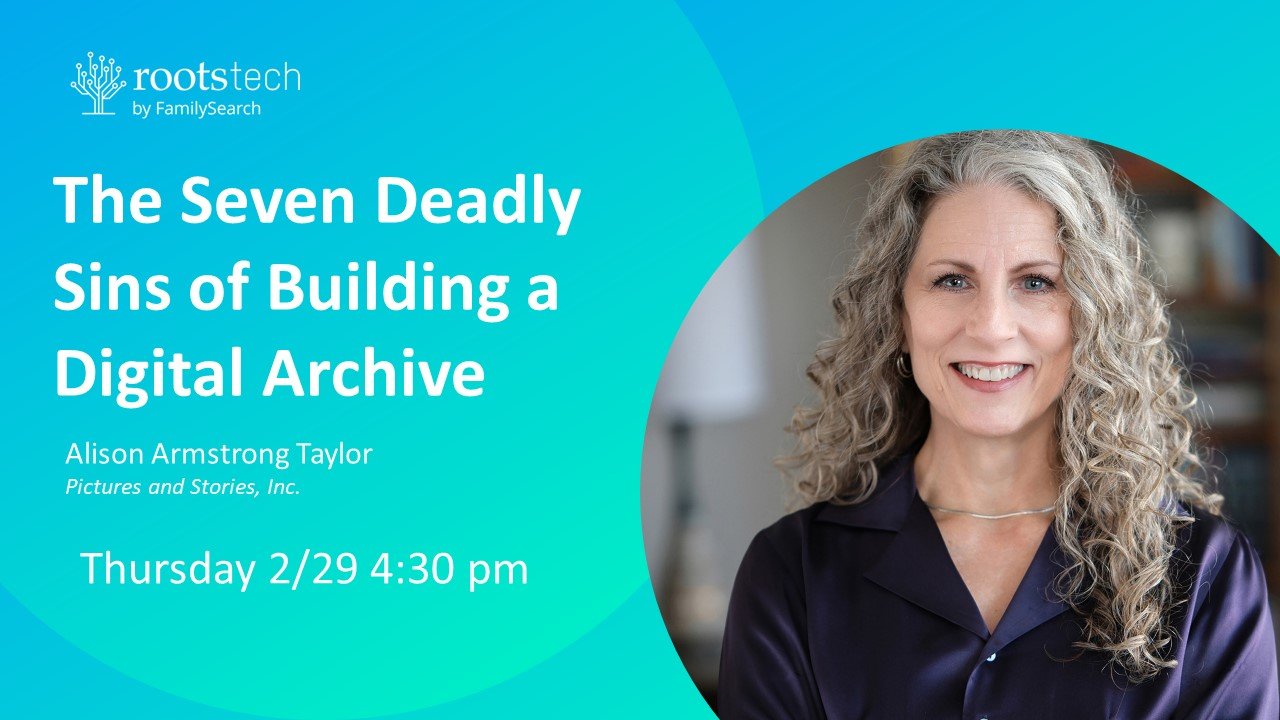We don’t know who first said it, but somebody must have, because most every person we meet who is writing about their life tries to do it this way:
"Start at the beginning, and write in chronological order."
That’s why we have so many of our clients come to us for help after they’ve finished one-and-a-half chapters and quit in frustration. Why is this a bad way to write your own life stories?
You guessed it—because you don’t actually remember the beginning of your life. It requires research. Even if you’re just calling your Aunt Milly to see who else came to the hospital, it’s still research, and gives you one more thing to procrastinate.
Also, your birth is not usually the most interesting event in your life either, unless you were born in hurricane or a taxi or Paris.
That’s not to say that a memoir shouldn’t be a chronological narrative—you just shouldn’t write it in that way.
So if you’re working on a memoir with or without professional help, we’ll give you a little FREE instruction:
Start with the low-hanging fruit. Er, stories.
First, jot down as many memories (in short phrases that will recall the incident to your mind) as you can on a chronological timeline (we will talk more about this in future posts.) Circle a few that are the most important for you to tell.
Then pick the easiest one to tell and write it down. (Put it aside, you’ll edit it later.)
Then pick the next easiest one and write it down.
Keep going, from easiest to hardest. You will gain confidence as you go along, rather than getting bogged down from the very beginning.
Pretty soon, you’ll have a little collection of stories, which you can then put in whatever order you choose (chronological, thematic, flashbacks) and do some editing.
Taa daaaa! Before you know it you will have magically created a rough first draft of your entire narrative, which will make you feel a lot cooler than having one and a half unfinished chapters in a drawer somewhere.



